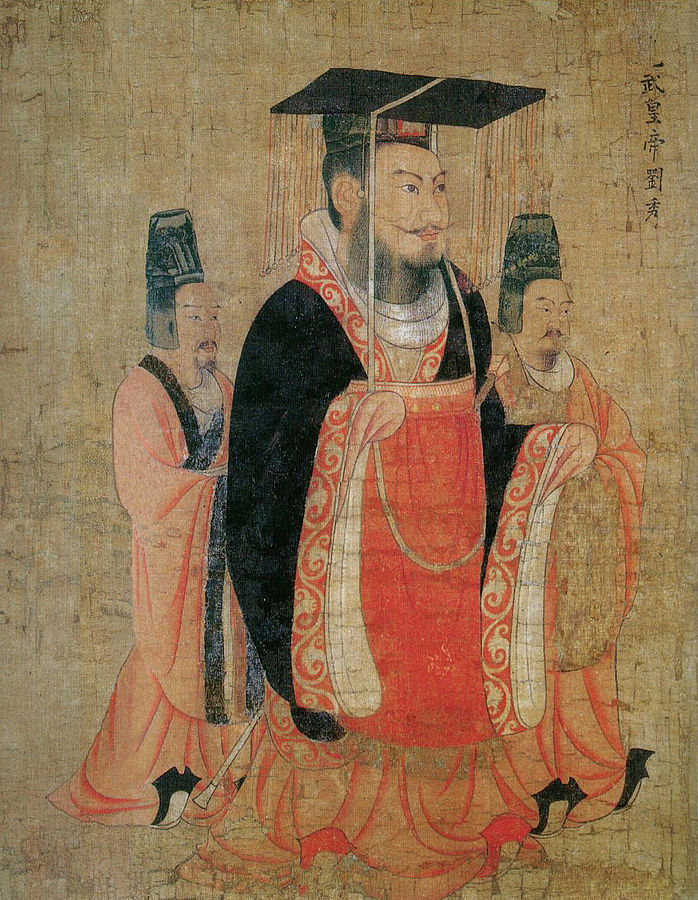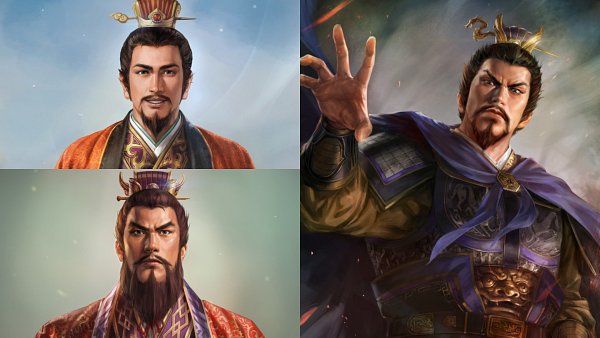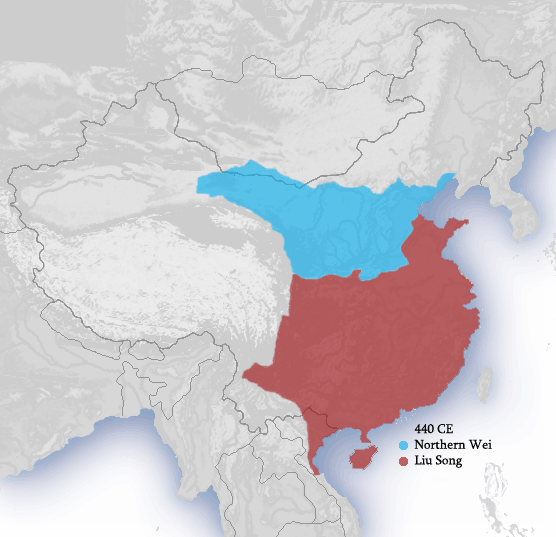The Han Dynasty and The Three Kingdoms and Jin and Southern and Northern Dynasty
3 min readThe Han Dynasty(206 B.C.-220A.D.)
In 206 B.C. Liu Bang succeeded in founding a new empire, the Han Dynasty, with its capital at Changlan. The reign of the Han lasted 406 years with 24 generations, and it is regarded as one of the greatest dynasties in Chinese History. The ethnic majority of Chinese still call themselves as the “Han people”. The Han dynasty fell into three periods: Western Han (206 B.C.-8A.D.), Wang Mang’s Xin Dynasty(8-22), and Eastern Han(25-220).
The new empire basically remained much of the Qin administrative structure but retreated some from centralized rule by establishing vassal principalities in some areas for political purpose. Under the Han Emperors, the empire expanded into southern China, northern Vietnam and parts of Korea, westward as far as the rim of the Tarim Basin, and forged trade route called “the silk road”through Central Asia to Antioch, Baghdad, and Alexandria.
Confucian ideals of government were adopted as the canon of the Han Empire, and Confucian scholars gained conspicuous status as the core of the civil service. An imperial examination system was also initiated to select officials. China’s most famous historian Sima Qian was in the Han period, whose Historical Records provides an elaborated chronicle of the politics, economy, culture and history of 3,000 years from the time of the legendary Xia emperor to the Western Han Dynasty.
In the Han dynasty, science and technology made remarkable achievements. Paper, the compass, and the seismograph were invented, and steel was manufactured and advances in medicine, astronomy, and cartography were also noteworthy in history.

Three Kingdoms(220-280), Jin (265-420), Southern and Northern Dynasty(420-589)
The collapse of the Han dynasty was followed by a long period of disunity and civil war.
The first period was the Three Kingdoms: Wei in northern China, Shu to the west, and Wu in the east. Continuous wars among the three states developed various wise political and military thoughts and produced talented persons such as Zhuge Liang, Cao Cao, who demonstrated their special ability not only in military and political affairs but also in literature.

Jin historically fell into two periods: the Western Jin (265-3 17) with Luoyang as its capital city, and Eastern Jin(317-420) as Jiankang(present Nanjing) as its capital city. Jin Dynasty did not last long with a lot of confrontations and conflicts, and people surrounding the capital suffered due to the fighting and began a migration out from the center of the empire to the more peaceful frontier regions.
After Jin was destroyed, there appeared the Dynasties of the North and South, which lasted 160 years. It was an age of civil war and political disunity. The northern dynasties consisted of the Northern Wei, the Eastern Wei, the Western Wei, the Northern Qi and the Northern Zhou.
The southern dynasties consisted of the Song, the Qi, the Liang and the Chen four generations.

The Dynasties of the North and South was an era of the quick and wide spread of Buddhism, the flourishing in poetry, music, calligraphy, painting with the remarkable representatives like the great calligrapher Wang Xizhi and outstanding painter Gu Kaizhi. It also enjoyed the considerable advancements in technology, for example, Zu Chongzhi (429-501) made unique contribution to mathematics, who introduced the approximation 355/113to t which is correct to 7 decimal places.








